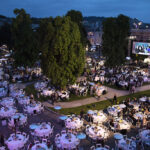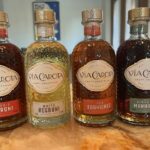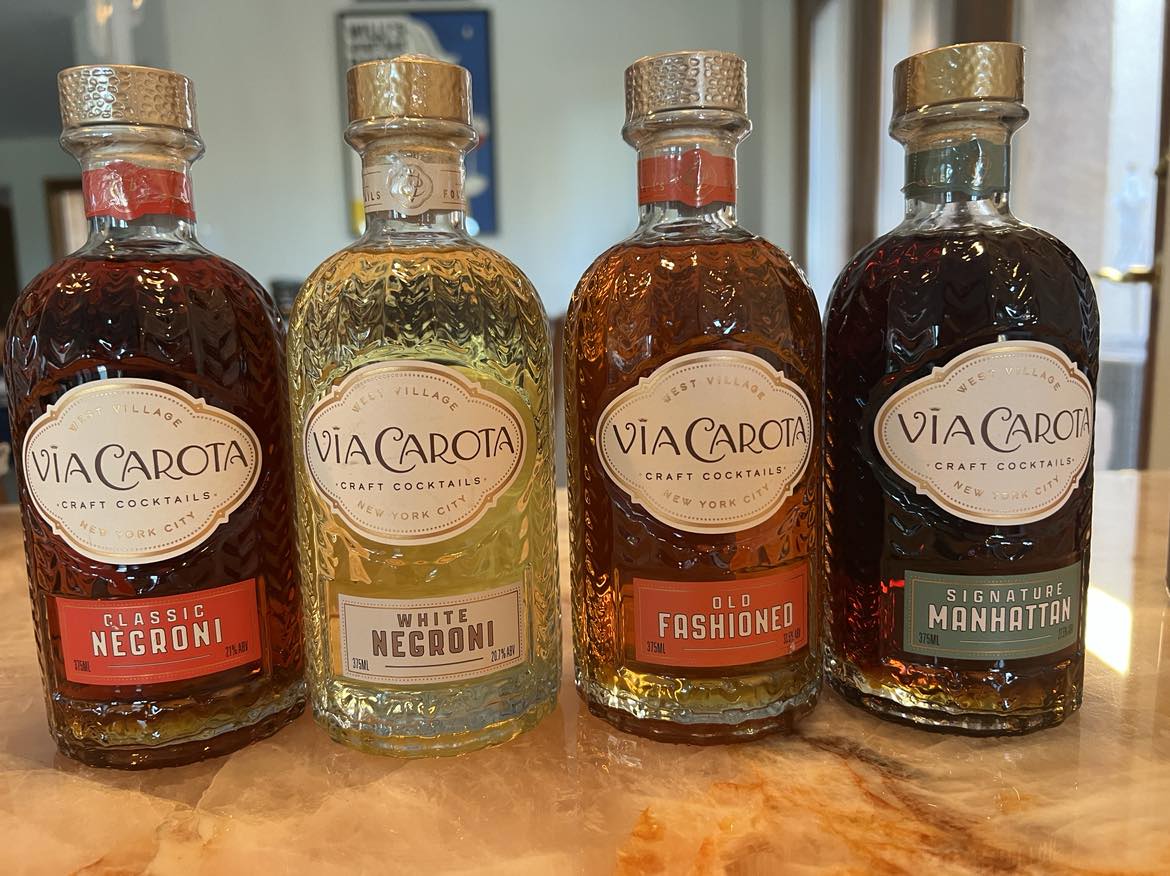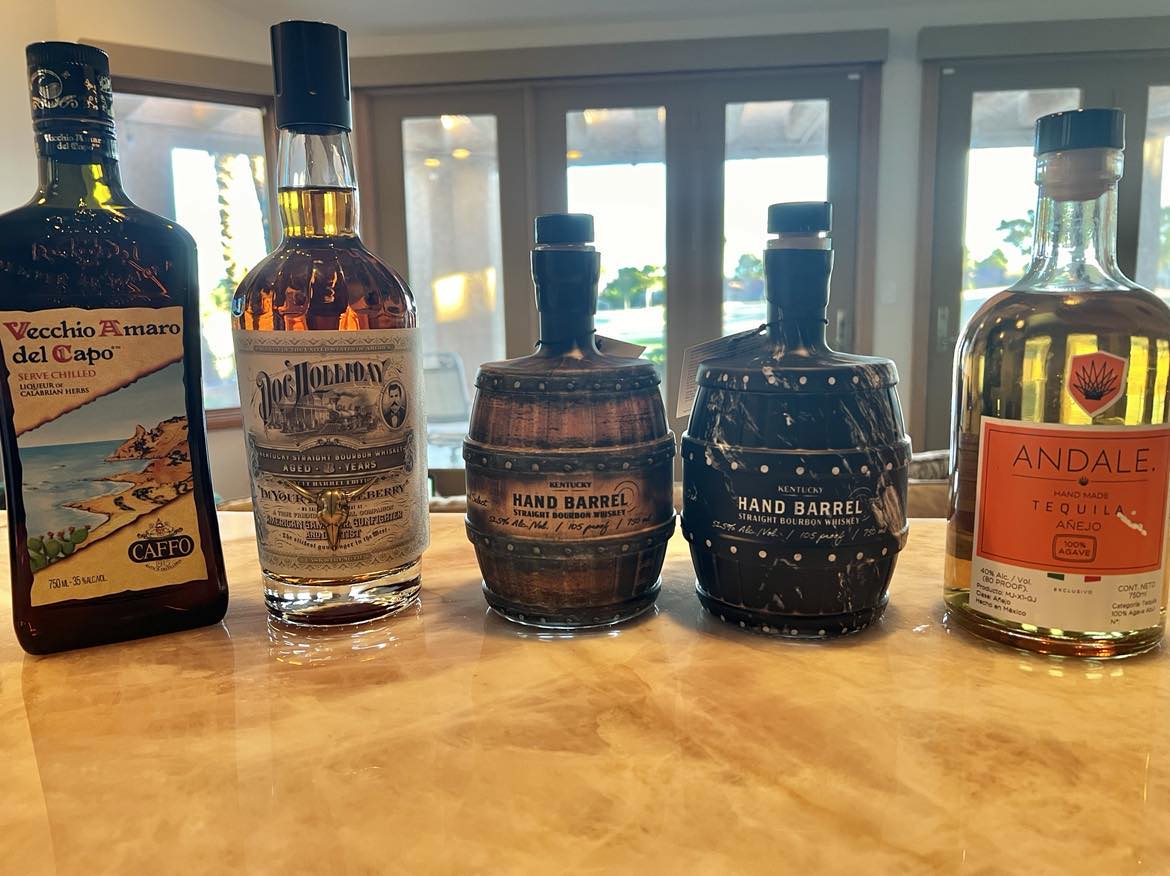
Knowing the length of time to age a wine can be difficult. I have seen many friends with Napa Valley Cabs that they had aged for too long and were forced to pour them down the drain. Deciding the point at which to consume is many times like going to Las Vegas. Why is there so much emphasis from wine connoisseurs and collectors to find that point at which the wine is reaching its peak before opening the bottle? What are the benefits? How do we define the amount of time to age wines and not risk a loss?
First we must look at the conditions that the bottle has been maintained since bottling. Once produced and distributed to the collector, the bottle should be placed into a storage facility, cellar or environment that maintains a constant cool temperature with no windows or direct light. Maintaining a constant cool temperature of 45 – 55 degrees Fahrenheit with a relative humidity of 60% – 70% is optimum. Key thing is to keep the environment constant where it does not fluctuate. Keeping the wine at a lower temperature will slow down chemical reaction within the wine and allow it to mature slowly over a longer period of time than if it were stored at higher temperatures. Maintaining the humidity at 60% – 70% will keep moisture in the bottle and prevent evaporation through the cork. If the humidity is too high it will lead to micro-organisms developing which will spoil wine.
Now that we have the basis of how the wine should be maintained over time, let’s look at the aging question. What are the benefits of aging wines? We also need to evaluate the overall properties of the wine and decide if it can be aged and provide benefits from it.
Aging wines that have the potential to age provide the consumer with a much more complex wine. Aging involves complex chemical reactions with the sugars, acids and tannins that will change the aroma, color, mouth feel and taste that are sought after by wine drinkers. The gamble is that one needs to drink the wine just before or at the plateau in its aging cycle. The plateau or peak is the point at which the wine is unable to remain chemically balanced and wine begins to deteriorate and loose fruit flavors, color, etc. The length of time before a wines quality starts to degrade varies with varietals, vintage, viticulture practice, region and style. As an example, Cabernet Sauvignons will age longer than Merlots while French Bordeaux (Cab based) will age longer than a Napa Meritage (American Bordeaux).
Below are 2 quotes by wine experts on their view of aging wines:
“Certainly inexpensive red wines, and most moderately-priced ones, can be enjoyed young and are unlikely to improve dramatically by aging in the bottle.”
…Wine expert Alexis Bespaloff, Wine Enthusiast
“Balanced, harmonious red wines will stay that way [as they age in the bottle], and blustery ones will keep on blustering… A wine is not going to change its spots, even if it sits in a bottle for 10 years.”
…Grape guru Bob Thompson, San Francisco Examiner
A blind tasting was performed on various varietals of younger versus older wines from $8 – $32. The results were that six of the younger (1998) reds won, while seven of the older vintages won. Cabernet Sauvignon which are known for their ability to improve with age in the blind tasting resulted in two of the three Cab winners being younger . In conclusion, Fred McMillian wrote, “Aging modestly-priced California reds is not worth the trouble. Buy now, drink now.”
When evaluating a wine for its potential to age the wine must have enough fuel or food for the process such as fruits and tannins as well as preservatives which consists of alcohol and acid. In simple terms, a wine with a large amount of tannins and a thick syrupy fruit profile (lots of body) will last longer than a delicate low fruit content wine with low tannins.
A wine’s aging potential are based on balance and concentration.
The four items that are required are:
· Alcohol
· Acid
· Fruit
· Tannins (in red wines)
The wine must be balanced and in such concentration to endure the aging process. Balance, depth and intensity are prerequisite of wines with great aging potential.
In conclusion you can see that there are many variables that come into play with choosing wines for aging. Not all wines will benefit as found by the blind tasting of young versus old. Proper environmental conditions and proper wine chemistry are a must.
As I stated in the beginning, it is like going to Vegas. You look at the odds and you place your bet. There are ways to help mitigate the risk. My general rule of thumb is nothing over 10 years for all wines except French Burgundy’s and Bordeaux’s from top Chateaus during decent to good years. Barolos and Brunellos from Italy will also age for a long time.
Pinots, Merlots and Zins from California, I usually go to about 7 years. Yes, I may be conservative, but I would rather drink and enjoy these wines than pour them down the drain. The caveat to my recommendation is that there are exceptional wines from California such as Opus, Dominus, Cain, Caymus, etc that will age for a long time. I am open for feedback on other peoples findings on aging California varietals. Maybe Mike Perlis can weigh in as I know he loves big Zins such as Turley and what he feels their aging potentials are. I have also been shown that people have gambled and aged some California Cabs and come up with winners. The last one that a friend of mine opened and was fabulous was a 1974 Robert Mondavi Cab.
People in Vegas at times place large sum of money into a slot machine and walk away with a 7 million dollar winning. The bottom line is that it is all about risk unless you evaluate the wines as explained above. If you have a case of a certain wine, open one at the point that you decide the wine should approach its prime. From this sample you can evaluate if you want to sample in 1 year or wait 3 years before opening another bottle. The old adage of “You shall drink no wine before its time” brings on the other adage of “it’s not as easy as you think.”
Cheers,
Rusty Sly










Very good article, Rusty! I like to keep my better wines 3 – 5 years, but sometimes I just get impatient and drink 'em anyway!
Michael Perlis is having trouble getting on. (Anyone else?) So this is his comment:
Nice post, Rusty.
I prefer to drink my Zins young and don't have much experience aging them. But last weekend, we had dinner with some friends who brought two bottles of 1997 Ridge Zinfandel that were excellent. Even though they had only been stored in a closet, the only issue was brittle corks, probably due to the lack of humidity. But, Ridge's Zins do tend to be very balanced.
I'm not sure how some of the higher alcohol Zins like Turley hold up over time, but I do know Turley's Petites age magnificently.